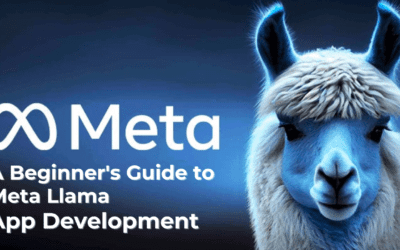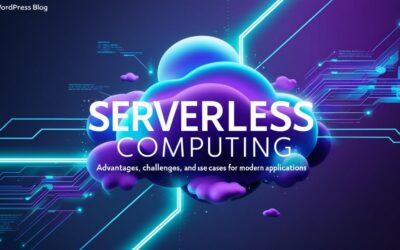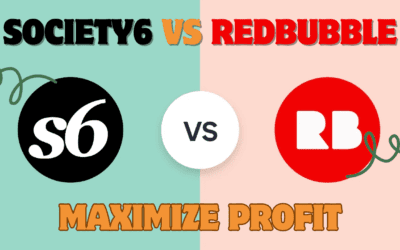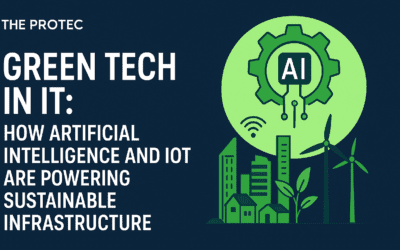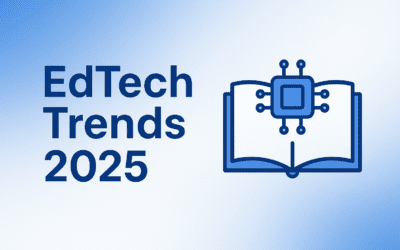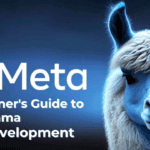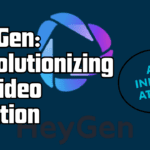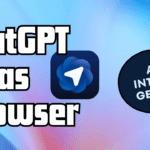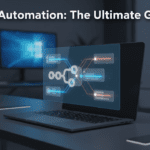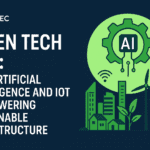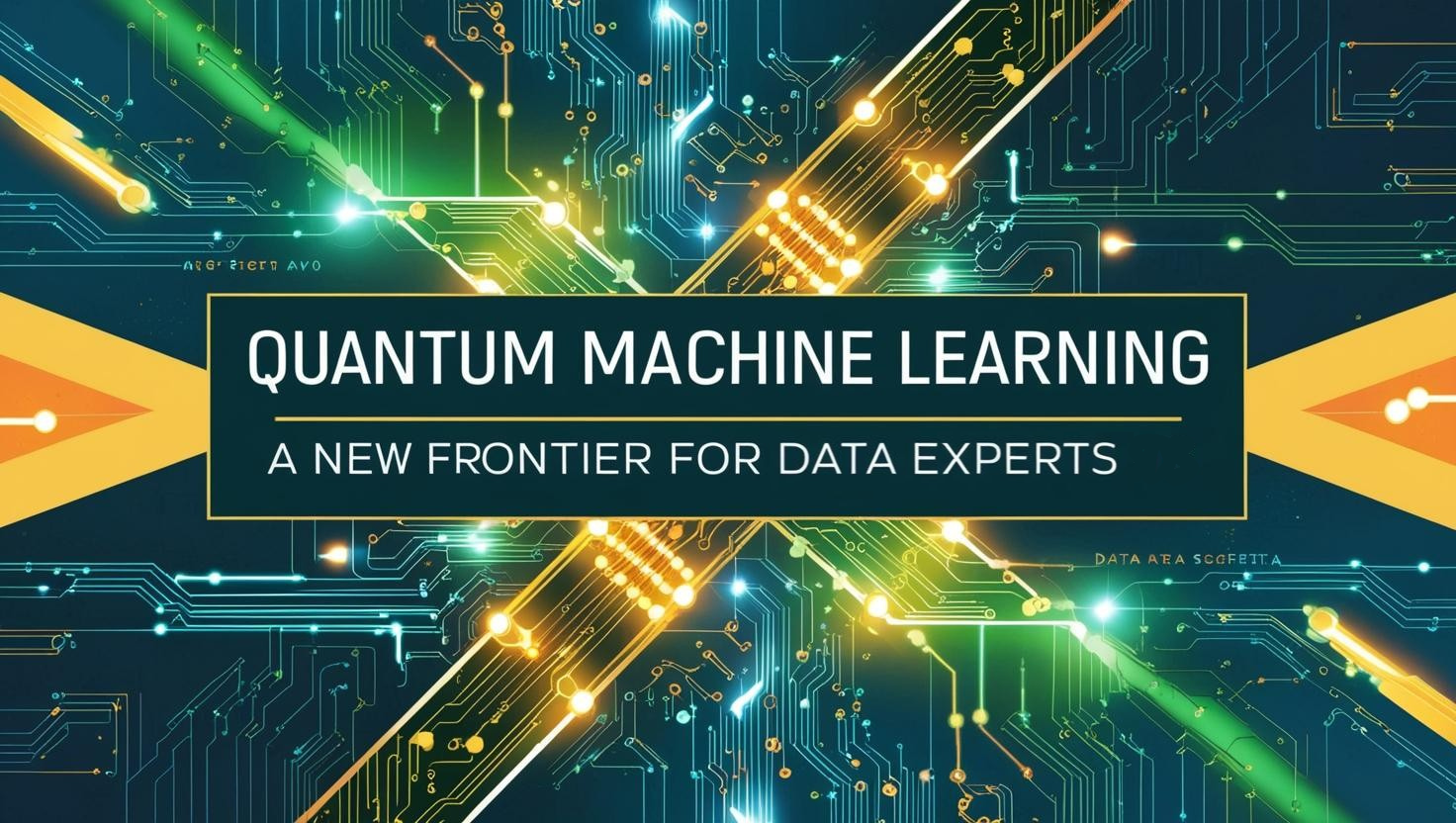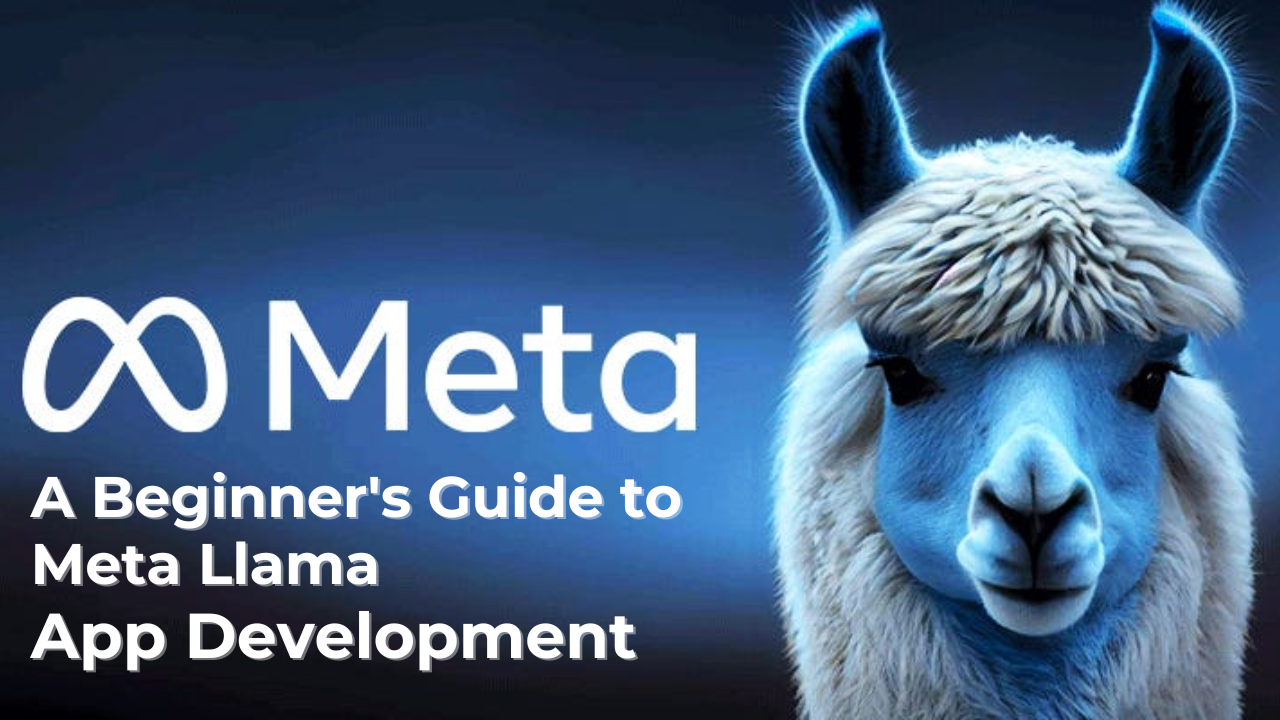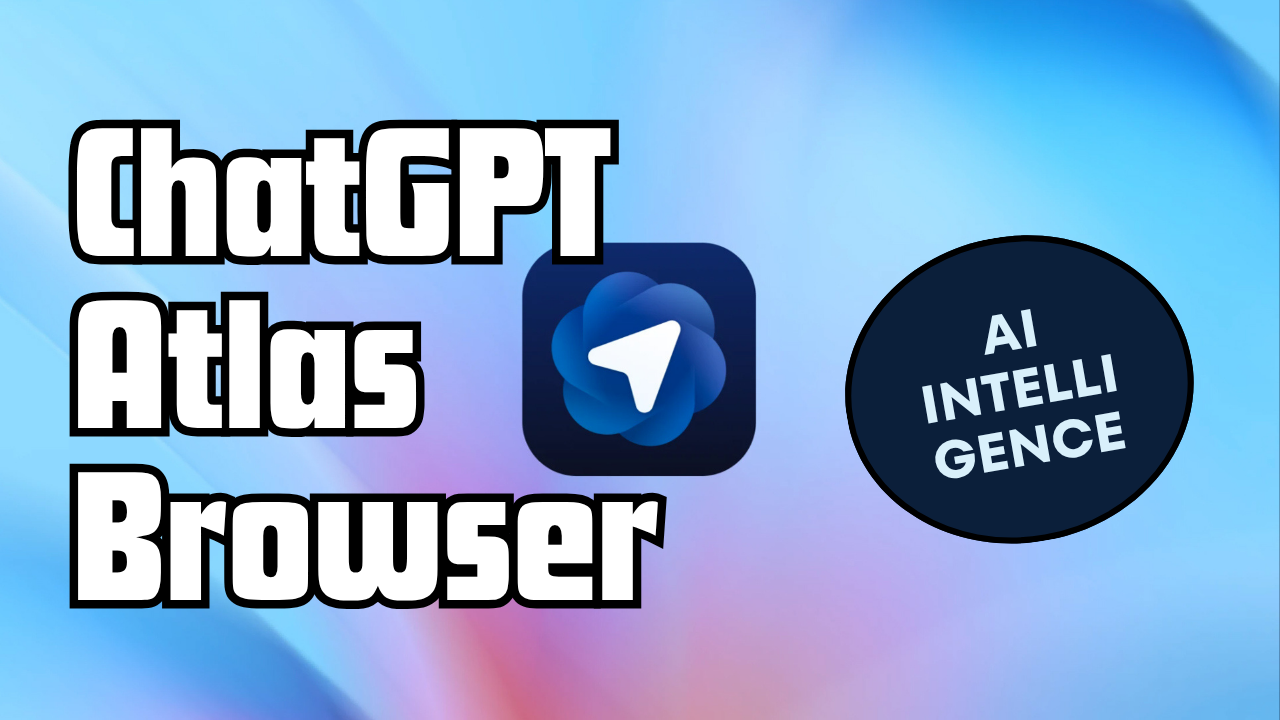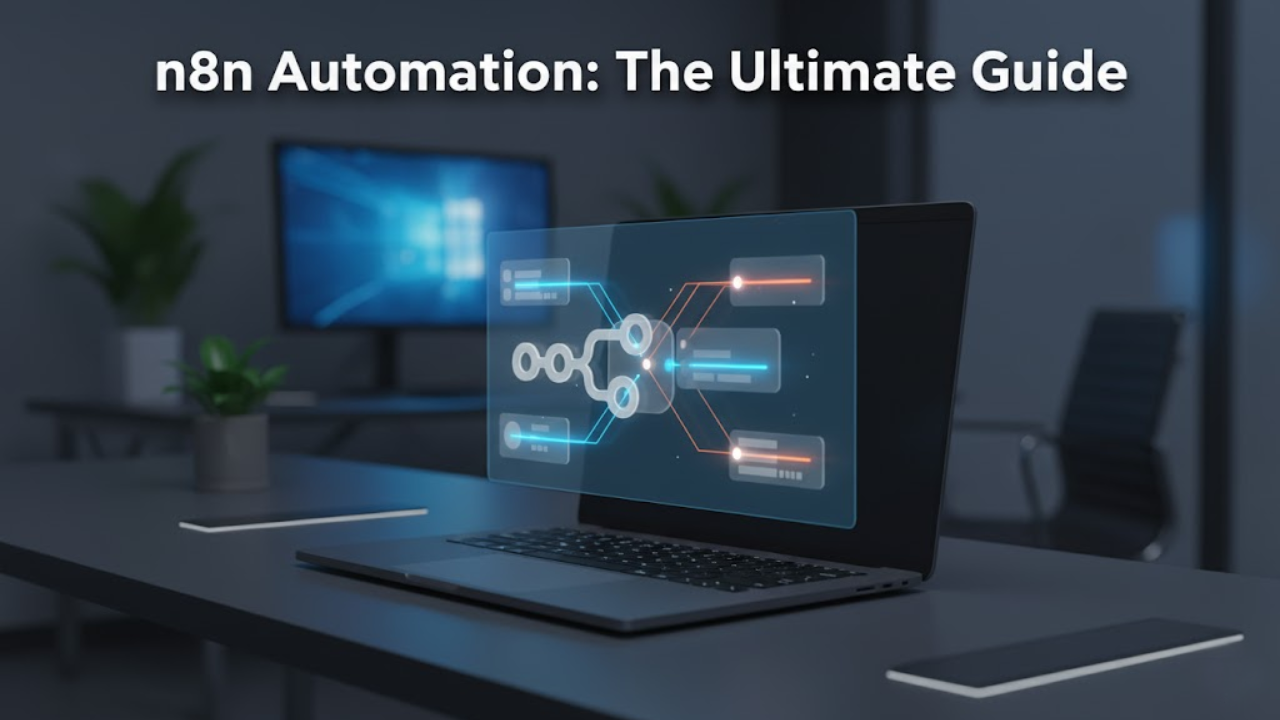As global data generation surges toward 181 zettabytes by 2025, classical computing approaches strain under the weight of complex problem-solving. Enter quantum machine learning (QML)—a groundbreaking synergy of quantum mechanics and artificial intelligence poised to redefine the limits of data analysis. By harnessing the principles of superposition and entanglement, QML promises exponential speedups for tasks like pattern recognition, optimization, and big data classification. For data experts, this emerging field isn’t just a curiosity—it’s the next frontier. Let’s explore its potential, applications, and the skills needed to lead the charge.
What Is Quantum Machine Learning?
Quantum machine learning integrates quantum computing principles with classical machine learning algorithms. While classical computers use bits (0s and 1s), quantum computers leverage qubits, which exist in multiple states simultaneously. This enables QML models to process vast datasets and solve complex problems—such as drug discovery or financial modeling—in minutes instead of years.
The Transformative Potential of QML
Exponential Speedups in Data Processing
Quantum algorithms like Grover’s search and Shor’s factorization already outperform classical counterparts. In machine learning, quantum support vector machines (QSVMs) can classify data exponentially faster. For example, researchers at MIT demonstrated a QSVM that solved a protein-folding problem 100x faster than classical systems.
Solving Intractable Problems
QML excels at optimization challenges, such as:
- Drug Discovery: Simulating molecular interactions for cancer treatments.
- Supply Chain Logistics: Optimizing routes in real time for Fortune 500 firms.
- Climate Modeling: Accelerating simulations to predict weather extremes.
IBM’s Quantum Network, collaborating with 250+ clients like ExxonMobil and JPMorgan, is already prototyping QML solutions for these use cases.
Real-World Applications of Quantum Machine Learning
1. Quantum-Enhanced AI for Finance
Goldman Sachs uses QML algorithms to optimize portfolio management, reducing risk analysis time from weeks to hours.
2. Quantum Neural Networks
Startups like Xanadu employ photonic quantum processors to train neural networks on image recognition tasks with 30% higher accuracy.
3. Big Data Classification
Google’s Quantum AI team achieved a 3x speedup in classifying massive datasets using hybrid quantum-classical models.
Skills Needed to Master Quantum Machine Learning
1. Quantum Mechanics Fundamentals
Understanding qubits, superposition, and entanglement is critical. Resources like IBM’s Qiskit Textbook offer free, hands-on tutorials.
2. Linear Algebra and Probability
Matrix operations and eigenvalue calculations underpin quantum algorithms. Coursera’s Quantum Machine Learning Course provides targeted training.
3. Quantum Programming Languages
- Qiskit (IBM): Ideal for prototyping quantum circuits.
- Cirq (Google): Optimized for near-term quantum devices.
- PennyLane: Specializes in quantum machine learning workflows.
4. Staying Ahead of Research
Follow arXiv’s Quantum Physics section and attend conferences like Q2B to track breakthroughs.
Challenges and Current Limitations
- Hardware Constraints: Current quantum computers (e.g., IBM’s 433-qubit Osprey) still face high error rates.
- Hybrid Models: Most real-world applications rely on classical-quantum hybrids until fault-tolerant systems emerge.
- Talent Gap: Only 22% of AI professionals have quantum literacy (McKinsey, 2023).
The Future of QML: What’s Next?
- Quantum Advantage: By 2030, BCG predicts QML will outperform classical AI in niche sectors like materials science.
- Accessible Tools: Platforms like TensorFlow Quantum are democratizing QML for developers.
- Ethical AI: Quantum computing could crack encryption, necessitating new frameworks for secure, ethical AI.
Conclusion: Preparing for the Quantum Leap
Quantum machine learning isn’t a distant dream—it’s a rapidly evolving reality. For data experts, the time to act is now. By mastering quantum fundamentals, experimenting with Qiskit or Cirq, and engaging with research communities, you can position yourself at the forefront of this revolution.
- Learn: Enroll in Qiskit’s free courses or join a quantum hackathon.
- Experiment: Test hybrid models on cloud platforms like AWS Braket.
- Collaborate: Partner with universities or quantum startups to pilot projects.
The quantum era is here. Embrace it, and redefine what’s possible in data science.
